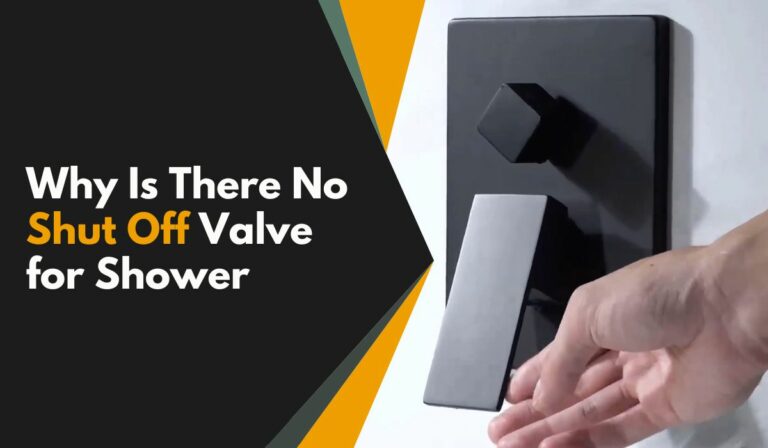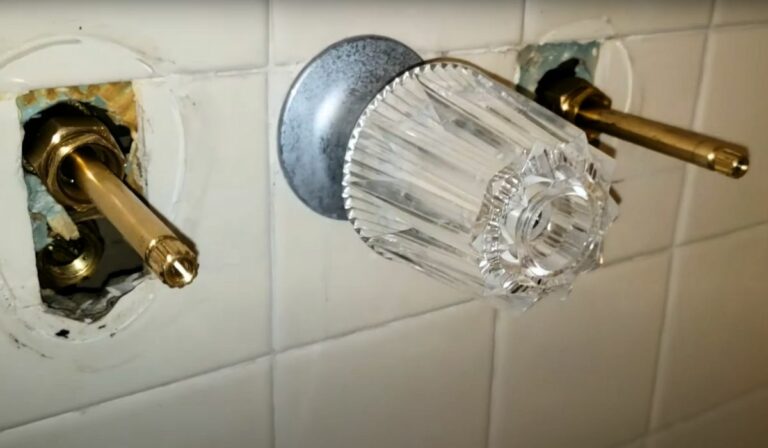What Mortar to Use for Shower Pan
You’ll want to use a sturdy, waterproof mortar like dry pack mortar—made from Portland cement and sand—or a quality pre-mixed sanded mortar with additives for flexibility and durability. These provide a solid, sloped base that directs water properly and prevents shifting or leaks. Traditional Portland cement works well but takes longer to cure. Using the right mortar ensures a strong, lasting shower pan. Keep going to discover how to mix and apply it perfectly for the best results.
Understanding the Role of Mortar in Shower Pan Installation
Although it might seem like just another building material, mortar plays a crucial role in shower pan installation by providing a stable, waterproof base that supports the entire structure.
When you lay a shower pan, the mortar bed ensures even weight distribution, preventing cracks and leaks over time. It also helps maintain the pan’s proper slope, directing water toward the drain effectively.
Without a solid mortar base, the shower pan can shift or settle unevenly, leading to drainage problems and potential water damage.
By using mortar correctly, you create a durable foundation that enhances the longevity and functionality of your shower.
Types of Mortar Suitable for Shower Pans
When choosing mortar for your shower pan, you need to consider both durability and water resistance to ensure a long-lasting installation. Typically, you’ll find two main types suitable: dry pack mortar and pre-mixed sanded mortar.
Dry pack mortar is a stiff, low-water mix made from Portland cement and sand, perfect for creating a solid, sloped base. It’s highly durable and excellent for shaping the pan’s slope.
Pre-mixed sanded mortar offers convenience and consistent results but may require additives to improve water resistance. Some professionals also use modified mortars with latex additives to enhance flexibility and waterproofing.
Avoid mortars that aren’t specifically rated for wet environments, as they can degrade quickly under constant moisture, compromising your shower’s integrity. Choose the mortar that best matches your skill level and project needs.
Pros and Cons of Traditional Portland Cement Mortar
Since traditional Portland cement mortar has been a staple in construction for decades, you might consider it for your shower pan project. One major advantage is its strength and durability, which ensures your shower base can handle daily use without cracking.
It also offers excellent bonding with tiles and other materials, giving you a solid foundation. On the downside, Portland cement mortar takes longer to cure, meaning your project might be delayed.
It’s also less flexible than some modern alternatives, so it can crack if the substrate shifts. Plus, mixing it yourself requires precision and effort, and mistakes can weaken the mortar.
Benefits of Pre-Mixed Mortar for Shower Bases
If you want a quicker and more convenient option for your shower base, pre-mixed mortar can save you time and effort. It comes ready to use, so you don’t have to measure or mix multiple ingredients, reducing the chance of errors.
This consistency ensures a reliable bond and proper curing, which is crucial for a waterproof shower pan. You’ll also find it easier to handle since it typically has a smoother texture compared to traditional mortar.
Plus, pre-mixed mortar often contains additives that improve adhesion and durability, helping your shower base last longer. While it might cost a bit more upfront, the convenience and reduced labor make it a smart choice if you want a straightforward, efficient installation.
How to Prepare Mortar for Optimal Performance
Although preparing mortar may seem straightforward, following specific steps ensures it performs optimally for your shower pan.
Start by measuring the dry mortar mix accurately—too much or too little water weakens the mixture. Use clean, potable water and add it gradually while mixing to achieve a thick, workable consistency, similar to peanut butter. Avoid adding excess water to keep the mortar strong and prevent shrinkage.
Mix thoroughly with a trowel or drill mixer until the blend is uniform and lump-free. Let the mortar sit for a few minutes (slaking) before re-mixing briefly to improve bonding. Work efficiently because mortar begins to set quickly.
Proper preparation guarantees a durable, watertight shower pan base that lasts.
Common Mistakes to Avoid When Using Mortar in Shower Pans
When working with mortar for your shower pan, you’ll want to steer clear of common errors that can compromise its strength and waterproofing. One major mistake is using too much water, which weakens the mortar and leads to cracking. Avoid mixing mortar that’s too dry, too; it won’t bond properly.
Don’t forget to create a consistent slope toward the drain—flat surfaces cause water pooling and leaks. Skipping the curing time can also ruin your work, so allow the mortar to set fully before proceeding.
Lastly, avoid using the wrong type of mortar; ensure it’s suitable for shower pans to withstand moisture. Paying attention to these details will help you build a durable, leak-free base.
Tips for Ensuring a Waterproof and Durable Shower Pan Mortar Bed
Mastering the basics of mortar mixing and slope sets a solid foundation, but ensuring your shower pan remains waterproof and durable takes a few extra steps.
First, always apply a waterproof membrane or liner beneath the mortar bed to prevent leaks.
Next, mix the mortar to a stiff, workable consistency—too wet weakens strength, too dry reduces bonding.
When shaping the pan, maintain the proper slope (1/4 inch per foot) for drainage.
Avoid disturbing the mortar as it cures; give it at least 24-48 hours to set fully before adding tiles.
Finally, inspect for any cracks or voids and patch them immediately.
Frequently Asked Questions
Can I Use Mortar for Shower Pans on Radiant Heated Floors?
Yes, you can use mortar for shower pans on radiant heated floors, but make sure it’s a flexible, polymer-modified mortar to handle temperature changes and prevent cracking. Always follow the manufacturer’s guidelines for best results.
How Long Does Mortar Take to Fully Cure in a Shower Pan?
Mortar typically takes about 24 to 48 hours to fully cure in a shower pan. However, for best results, wait at least 7 days before applying waterproofing or tile to ensure maximum strength and durability.
Is It Safe to Use Colored Mortar in Shower Pans?
You can use colored mortar in shower pans, but make sure it’s waterproof and designed for wet areas. Otherwise, the color might fade or the mortar could weaken, compromising your shower’s durability and appearance.
Can Additives Improve Mortar Flexibility for Shower Pans?
Yes, additives can improve mortar flexibility for shower pans. You’ll want to use latex or polymer additives, which enhance bonding and reduce cracking, making your shower pan more durable and better able to handle movement over time.
What Tools Are Best for Smoothing Mortar in a Shower Pan?
You’ll want a margin trowel for spreading mortar and a wooden float to smooth and level it. A sponge float helps finish the surface gently, ensuring an even, waterproof shower pan base without damaging the mortar.
Conclusion
Choosing the right mortar for your shower pan is crucial for a durable, waterproof base. Whether you go with traditional Portland cement or a convenient pre-mixed option, preparing your mortar correctly makes all the difference. Avoid common mistakes like improper mixing or insufficient curing to ensure your shower pan lasts. By following these tips, you’ll create a solid, reliable mortar bed that keeps water where it belongs—giving you peace of mind and a beautiful shower for years to come.


